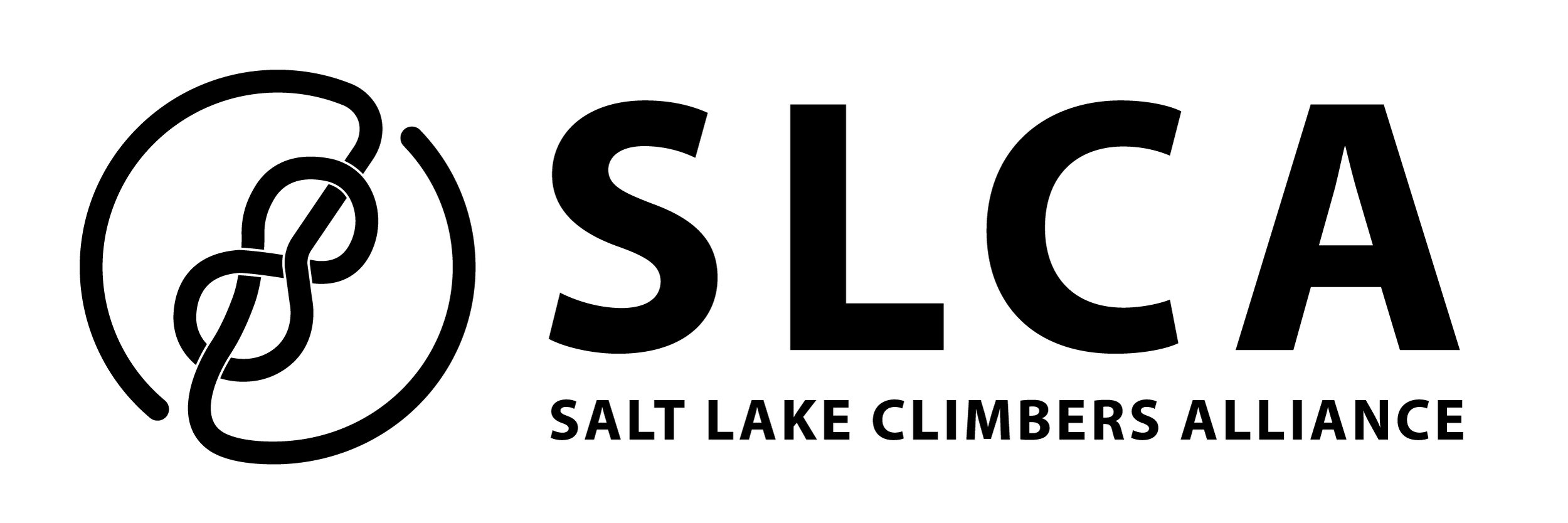Climbing Access Technician 2020 Recap
Climbing Access Technician (CAT) on the Uinta Wasatch Cache National Forest
2020 Recap
CAT Position filled by Lindsay Anderson
December, 2020
About the Climbing Access Technician Position
REI grant funds enabled the local climbing advocacy and stewardship non-profit, the Salt Lake Climbers Alliance, to facilitate and fund a Climbing Access Technician (CAT) position within the United States Forest Service on the Uinta Wasatch Cache National Forest for 60 days in 2020.
Due to the increase in popularity of the sport, outdoor climbing areas in the Wasatch are being loved to death. The outdoor environment where Utahns and visitors love to play is under immense stress from increased use leading to poor watershed health and environmental impacts are constantly on the rise.
The goal of the CAT position was to support the planning processes required under the National Environmental Protection Act for climbing resource improvements and maintenance at popular climbing areas in the Wasatch. This effort then lays the groundwork for the SLCA to implement stewardship projects in conjunction with the Forest Service in order to reduce human impacts on the natural environment. This is the third year for this position to exist with proven success and creates a working partnership with the land agency.
2020 Recap
The 2020 Climbing Access Technician season was focused on gathering information for an extensive inventory of climbing areas in American Fork Canyon. GPS tracks and surveys were conducted for each of the established climbing zones. Afterwards, information was compiled into presentable data in order to see where the high priority areas are for stewardship projects.
The second goal of the CAT position was to work with the Salt Lake Climbers Alliance to address the replacement of aging fixed anchors, some of which reside inside the wilderness boundary of American Fork Canyon. The second half of the 2020 season was spent working with the United States Forest Service to conduct and submit a minimum tool analysis; which, if approved, would give the SLCA permission to rebolt using mechanical drills in order to mitigate safety concerns and care for the climbing resource. To prepare for the analysis, the CAT participated in a mid season minimum tool analysis seminar organized by the Arthur Carhart National Wilderness Training Center.
Lastly, the Climbing Access Technician has helped keep other climbing stewardship project goals on track including a reroute to Lone Peak Cirque via Jacob’s Ladder. The CAT position worked with private contractors, the non-profit, and USFS to plan for the 2021 season.



